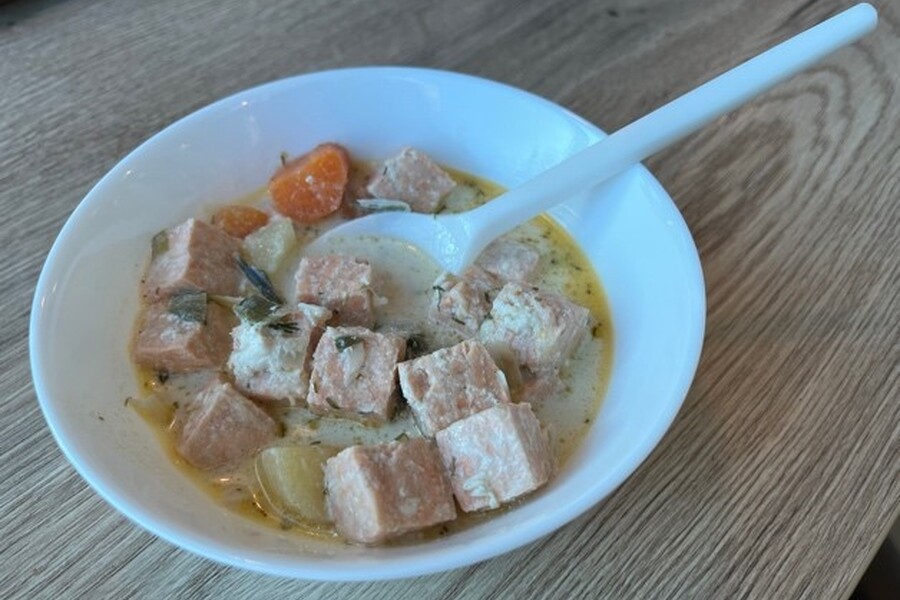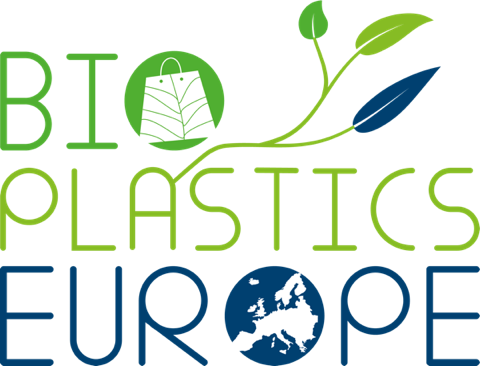Product development in BIO-PLASTICS EUROPE
By ABM, ACIB, Fraunhofer LBF, NaturePlast and TICASS.

The ultimate targets, based on the experience and measurements of the first generation of compounds in our “design thinking approach”, were used to plan a “targeted” second round of testing to evaluate material properties for end-user application, feasibility of expected end-of-life (EoL) scenarios, and potential ecotoxicological impacts. Material properties and EoL-scenarios include general requirements such as resistance under conditions of use and performance, degradation in open natural environments (for those materials that may end up as litter in nature), recyclability through multiple extrusion, composting, and ecotoxicity assessment. Peculiar tests have also been planned for specific target applications, such as a migration test for food contact materials (FCMs) and dishwashing resistance for cutlery.
The degradable glass fiber reinforced composite from Arctic Biomaterials (ABM) has been designed for reusable cutlery applications. The results in this project indicate that the bio-based and biodegradable material tolerates heat and dishwashing very well. Spoons produced by an industrial partner show that the obtained results also translate into practice: they withstand hot drinks and soups, and can be washed in a dishwasher at least 150 times. Importantly, the food contact approved material matches industry standards in terms of handling and processing. Another pilot production are mini ants made via injection molding in cooperation with a stakeholder company (NaKu, Vienna). The material is based on PHBV and filled even the smallest details of the ants reliably.
Another example is the compound BPE-AMF-PLA-02 that is particularly intended for use as an agricultural mulch film. It was developed by NaturePlast together with other partners. The material is quite complex to make durable enough for its use, but also retains its degradability. It contains PLA, other biopolyesters and functional additives to meet the requirements. After a promising lab-scale film production, tests were conducted in a pilot plant of a large industrial company in Spain (Figure 2). Based on their feedback and analysis of the produced demo film, the team found aspects to improve the material further for industrial-scale application and is already back to work on it.
The application fields for biobased materials are manifold and our tests and evaluations encourage to proceed!

